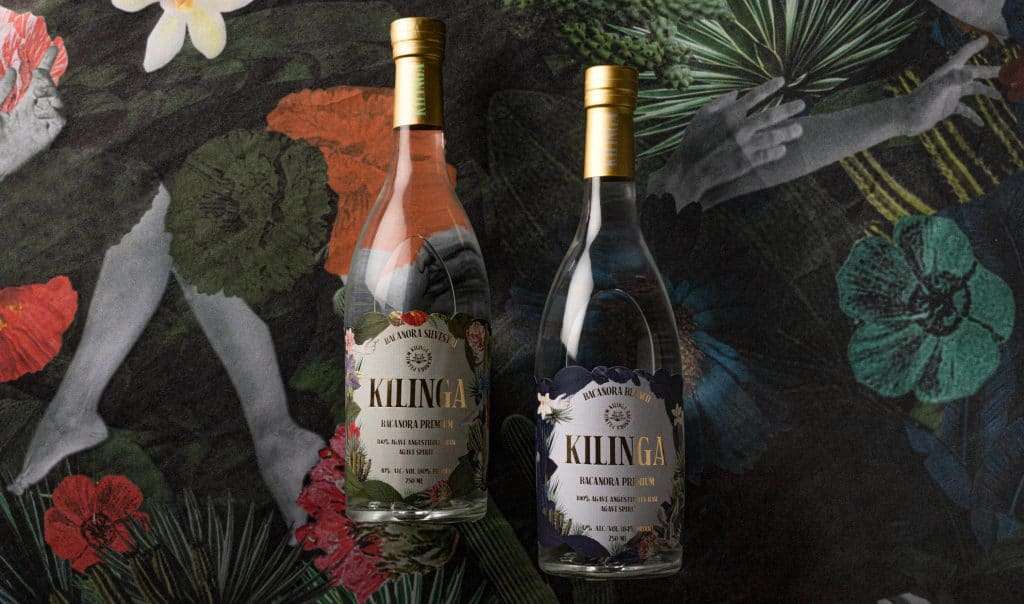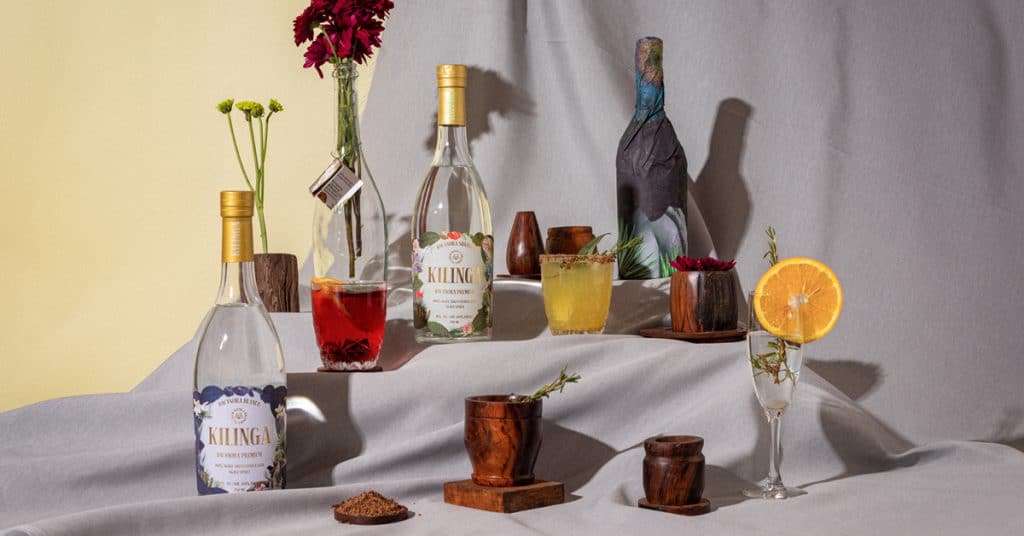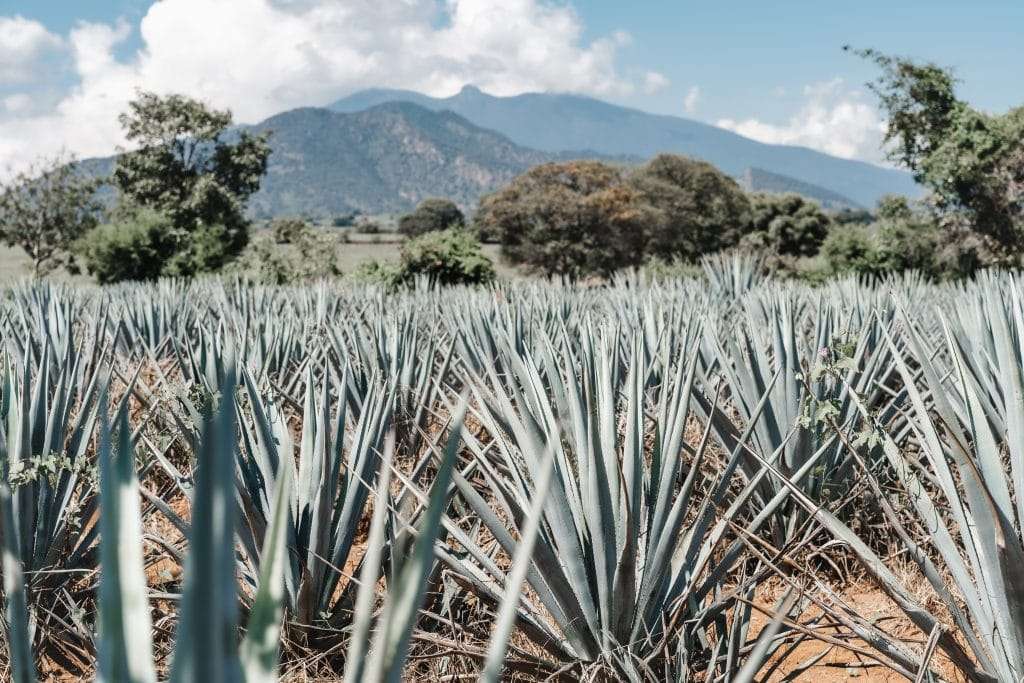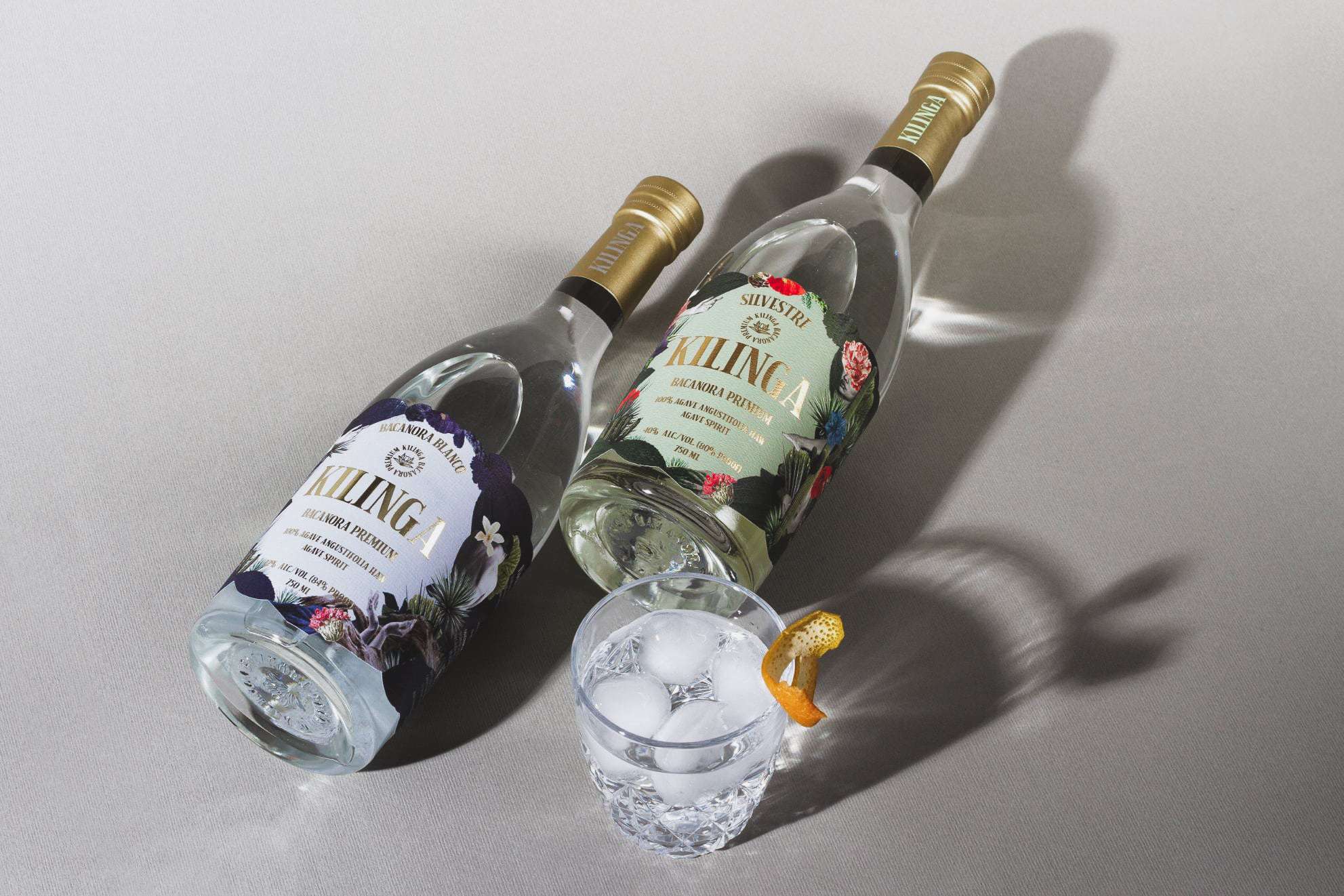An agave-based spirit native to Sonora, Mexico, bacanora has been prized for hundreds of years. But unlike other agave-based spirits, bacanora has not been shared outside of Mexico until now.
Last year, the Bacanora Regulatory Council of Sonora named the Kilinga Bacanora brand the state’s first officially designated bacanora. It’s all part of the region’s aim to make bacanora a chief economic driver in Mexico’s second-largest state, long known for its agriculture industry, particularly beef.
What is Bacanora?
Like its better-known cousins, bacanora is made from a mountain variety of agave known as agave Pacifica, or Agave Yaquiana. Like tequila hails from Jalisco, and mezcal from Oaxaca, in Sonora, the official agave drink of the region is bacanora. In 2000, Sonoran bacanora received its Denomination of Origin, a similar designation to champagne only bearing that name if it’s made in the Champagne wine region of France.
Bacanora is made from agave that’s harvested at about six years of age. The hand-selected plants are then roasted and cooked in underground pits lined with volcanic rock and heated with mesquite. This two-day process of cooking imparts bacanora with its unique flavor.
After the roasting is complete, it’s mashed into a pulp, placed in cement pits, mixed with water, and allowed to ferment for up to 12 days. It is then in a state called “saite,” which is distilled in steel vats in a unique double distillation process.

But if you never heard of bacanora before, that’s probably because it was illegal to distill bacanora for nearly eighty years. It was banned until 1992—a longstanding victim of the region’s prohibition that went into effect during the Mexican Revolution of the early 20th century.
Despite its banned status, families across the state of Sonora still made bacanora.
“[D]uring those 77 years, my great-grandfather continued making bacanora,” Joan Coronado, who now helps his family produce their brand Siete Coronados Bacanora, told Fronteras. “And my uncles too, they continued that tradition that was, you could say, being forgotten because of the penalties for those who were caught. You could be killed for making bacanora in those years.”
Coronado says his family risked it, anyway. “[W]e started out using wild agave from the mountains,” he said. “And from there we started looking to the future and started transplanting some of the plants.”
In 2021, during Sonora’s first annual bacanora forum, governor Alfonso Durazo said he was pushing to make bacanora a “major” part of the state’s economy. The goal is for bacanora to become as popular an agave drink as tequila or mezcal.
“The primary income, the primary economic source in these municipalities should not be ranching or agriculture. It has to be bacanora,” Duranzo said. “And we have to aspire to reach and surpass the mezcal brands that have gained fame from Oaxaca, from Guerrero, from Jalisco, the tequila. Why no? That’s how tequila started. And that’s how mezcal started in Oaxaca.”
“We must aspire to say, ‘In Sonora, and in the world, they drink bacanora.’ And we’re going to make it happen,” he said.
Kilinga Bacanora
The family-owned Kilinga Bacanora brand was founded in 2018 by Rodrigo Bojorquez Bours, named after his mother — the matriarch of the family. Bours is also the Maestro Bacanorero for the brand, involved in every step of harvest, production, and distillation. In 2019, Kilinga won a silver medal at San Francisco’s Spirit Competition.
Kilinga is only the second brand in Mexico to earn the designation from the Consejo Sonorense Regulador del Bacanora, and it’s the first official bacanora available in the U.S. Right now it’s available in California, Colorado, New York, and New Jersey, but it plans to expand across the country.

According to Bours, Kilinga harvests its agave at different stages of the maturation process, making each bottle truly unique. Bours numbers and signs each bottle of bacanora himself.
Kilinga is sourcing agave only from its own farms, which use sustainable farming methods, according to Bours. This, he says, also gives the bacanora a unique terroir and aromas.
“Kilinga speaks to the grandeur of the Sonoran desert,” Bours said. “We wanted to create a smooth, bright Bacanora that evokes the beauty of the region to agave aficionados everywhere.”
Sustainable Bacanora production
Like sustainability efforts across tequila and mezcal regions have increased in recent years, bacanora production is also focused on sustaining the region’s biodiversity, culture, and many family farm heritages.
The Fund for the Sustainable Development of Bacanora project (FOBADES), offers producers across Sonora a road map and labeling credentials for conservation practices. The sustainability label can increase the value of a bottle of bacanora by as much as 15 percent.
Valeria Cañedo, a conservation biologist that helps bacanora producers meet the FOBADES criteria, says 77 years of prohibition took a toll on the region’s biodiversity. During that time, it was illegal to plant agave fields for bacanora, so many farmers turned to cattle ranching instead. It’s resource-intensive and can be harsh on the region’s dry land. Add to that the impact of climate change and habitat loss—it’s been a recipe for disaster for the region’s agave and the pollinators who thrive on it.
“There was no food for pollinators, there was no plant for propagation and reforestation, there was no responsibility at all with the production,” Cañedo told Fronteras. “So what we’re trying to do is save the plants, save the pollinator and improve the rural economy.”

“Our main focus is to guide the Bacanora production to a sustainability path,” she says. That’s turned out to be a boost not only to the region’s economy and the lineage of bacanoreros, but also a lifeline to important regional pollinators, like the lesser long-nosed bat.
“It’s a migratory species that depends on the agave plants to survive and complete its migration route,” Cañedo said. “And the ones that migrate are the females, pregnant females.”
FOBADES program members are required to leave about one percent of their agave fields unharvested so that they flower for the bats. They also have to grow plants from seeds instead of clones to encourage genetic diversity, among other sustainability criteria.
“And also, you’ll have a really, really beautiful landscape you can create. Here in the morning, you can see the hummingbirds and the bees, and at night the bats,” Cañedo said. “Just letting one plant bloom can change everything in your field.”
Related on Ethos:


